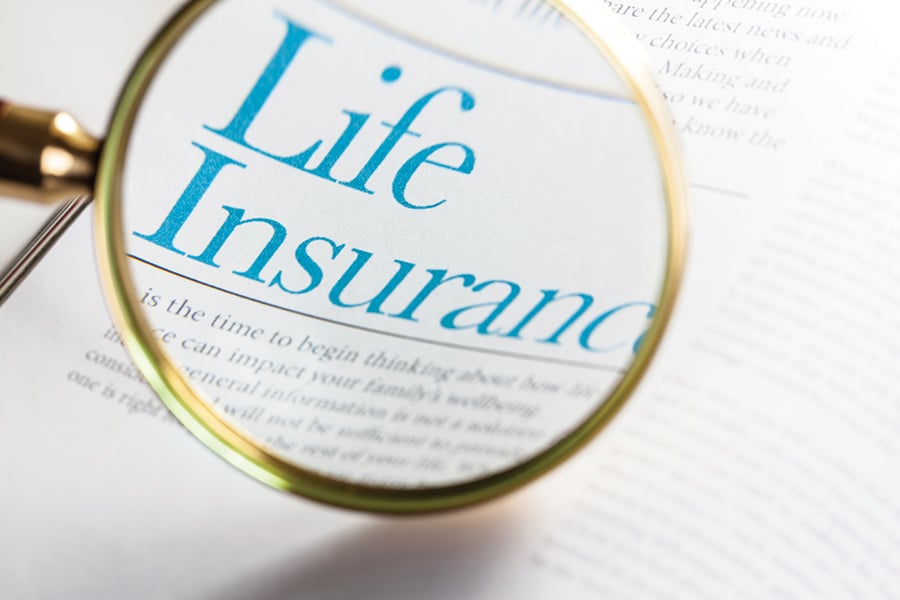

Americans’ need for life insurance continues to grow, with a record-high number of US adults recognizing they don’t have enough coverage, according to new research from Limra.
In the 2024 Insurance Barometer Study by Life Happens and Limra, approximately half of US adults currently hold life insurance policies. However, the study also highlights a significant coverage gap, with a record 42 percent of American adults, roughly 102 million, acknowledging the need for additional life insurance.
Conducted in January 2024, the survey included nearly 5,000 adult consumers responsible for their household's financial decisions.
The poll found middle-income Americans earning between $50,000 and $149,999 annually, making up 40 percent or about 50 million adults, recognize a gap in their coverage. Within that cohort, about 54 percent expressed intentions to purchase life insurance within the year, compared to 37 percent of the general population.
"These households are more likely to own life insurance and more likely to recognize the important role life insurance plays in their family’s financial security,” John Carroll, senior vice president, head of Life & Annuities at Limra and LOMA, said in a statement. “Yet, like other consumers, they have little understanding about what and how much life insurance they should buy or how much it actually costs.”
That confusion was clear among 72 percent of Americans who overestimated the cost of a basic term life insurance policy, with younger Americans often believing it costs three times more than it does. Over half of the respondents admitted their cost estimates were based on gut instinct or wild guesses.
“With the need-gap for life insurance, is a knowledge gap — 44% of people admit being only somewhat or not knowledgeable at all about life insurance,” said Brian Steiner, executive director of Life Happens.
Steiner also noted the increasing role of social media in financial literacy, stating, "6 in 10 people are using social media for financial and insurance information."
The gender gap in life insurance ownership has also widened, with women less likely than men to have life insurance (46 percent versus 57 percent). The 11-percentage point gap is the largest difference in the 14-year history of the study.
Women want to take action, with 45 percent acknowledging a gap in their coverage and 36 percent saying they plan to purchase life insurance in 2024, with nearly half of younger women sharing those plans.
But roadblocks remain, with half of the women surveyed saying the cost of life insurance is a barrier and just 21 percent saying they’re knowledgeable about the products.

Relationships are key to our business but advisors are often slow to engage in specific activities designed to foster them.

Whichever path you go down, act now while you're still in control.

Pro-bitcoin professionals, however, say the cryptocurrency has ushered in change.

“LPL has evolved significantly over the last decade and still wants to scale up,” says one industry executive.

Survey findings from the Nationwide Retirement Institute offers pearls of planning wisdom from 60- to 65-year-olds, as well as insights into concerns.
Streamline your outreach with Aidentified's AI-driven solutions
This season’s market volatility: Positioning for rate relief, income growth and the AI rebound
